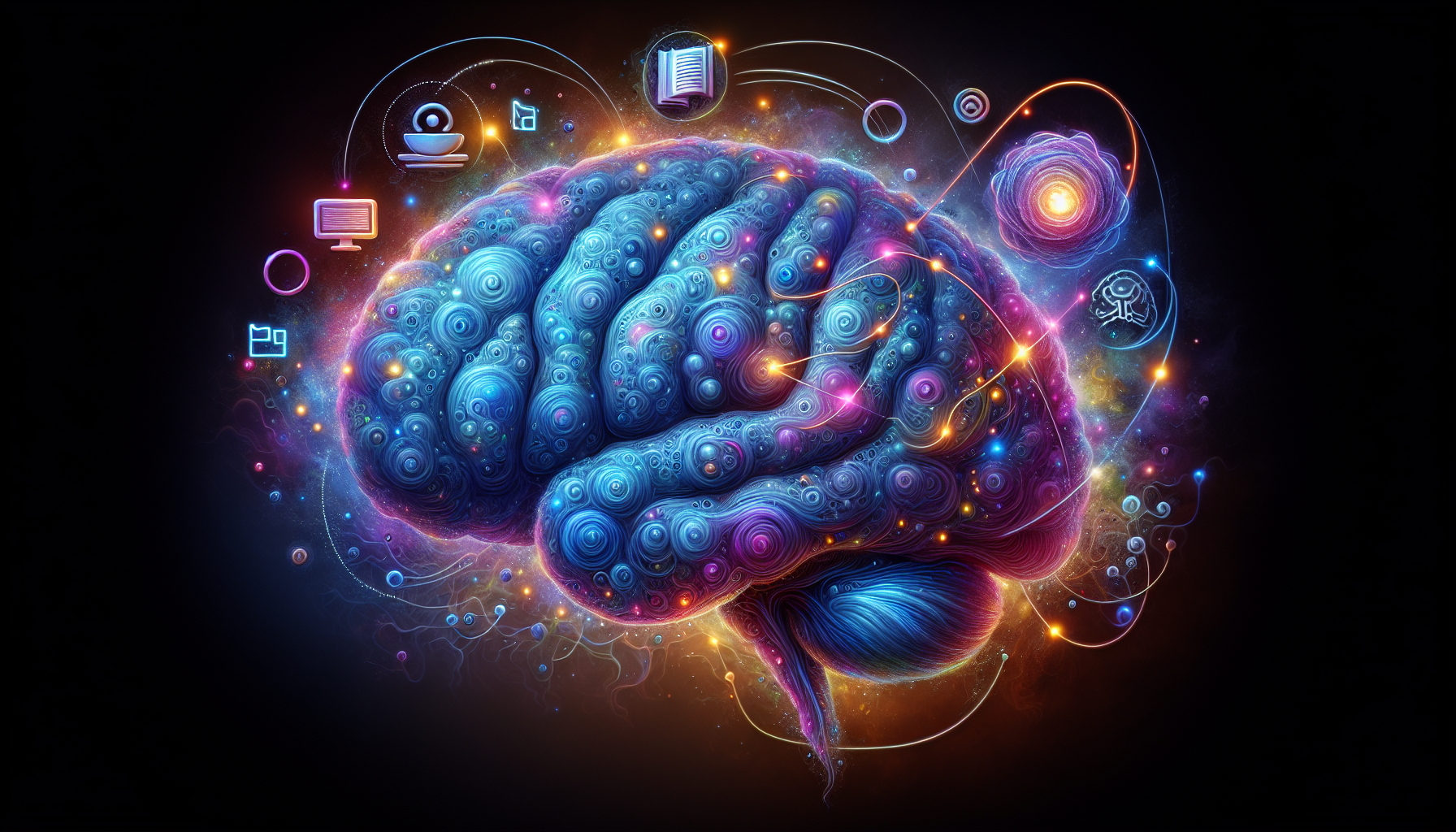The Listening Process: A Guide to Better Communication

The core of the listening process—receiving, understanding, remembering, evaluating, and responding—is fundamental for effective interaction. This article outlines practical steps to master each stage and overcome common listening roadblocks, providing you with a blueprint for becoming a more adept listener in various aspects of life.
Key Takeaways
- Effective listening involves five key stages: receiving, understanding, remembering, evaluating, and responding, with each stage entailing specific challenges and skills to be mastered.
- Listening requires active participation, where strategies such as paraphrasing, asking clarifying questions, and using non-verbal signals like nodding and eye contact are employed to ensure comprehension and engagement.
- Overcoming barriers to effective listening includes addressing distractions, enhancing memory retention, assessing message credibility, recognizing personal biases, and adopting active listening techniques to improve overall communication.
Hearing and the Receiving Stage
Mastering the listening process involves commencing at the receiving stage, which is the first of the five stages. This is where the magic starts, where our ears, the primary tool used in this stage, discern sounds from speech. This initial phase, also known as the attending stage, is where sounds are first received, and specific sounds are identified and interpreted as words. However, challenges such as hearing impairment and overwhelming background noise can hinder effective hearing in the receiving stage.
The Role of Attention in Hearing
The receiving stage significantly depends on our ability to pay attention. Concentration enables us to focus on the speaker’s message, thereby enhancing our listening skills. However, various factors such as:
- visual or auditory distractions
- physical discomfort
- inadequate volume
- lack of interest in the subject material
- stress
- personal bias
can cause low concentration, leading to ineffective listening.
Filtering Distractions
Environmental factors like lighting and temperature along with physiological noise can negatively impact our listening capabilities. For instance, ambient noise can make it difficult to focus on the speaker’s message, as can be experienced during a noisy event. Thus, adjusting environmental factors and maintaining awareness of our physiological state can enhance listening.
Deciphering Meaning: The Understanding Stage

Following the receiving stage, comes the understanding stage, where listeners decode both verbal language and nonverbal cues. During this stage, listeners integrate visual and auditory information to extract meaning from the communication. The brain plays a pivotal role here, processing informational, contextual, and relational cues.
Contextual Clues and Comprehension
Listeners utilize social cues and visual information such as facial expressions and eye contact for prioritizing and interpreting messages during the understanding stage. Cultural differences, such as variations in accents and vocabulary, can create obstacles in the listening process. These differences can lead to misunderstandings due to gaps in background knowledge and assumptions.
Clarifying Ambiguities
Misunderstandings can occur when individuals attach their own meanings to words without sufficient context. Hence, during the listening process, paraphrasing and asking clarifying questions serve as effective methods to ensure mutual understanding.
Memory's Role: The Remembering Stage
Mastering the listening process next leads us to the remembering stage. Memory, with its different storage units, plays a distinct role in how we retain and recall information.
Long-term memory stores information indefinitely, whereas short-term memory retains stimuli for 20 seconds to one minute, leading to the potential transfer into long-term memory if processed effectively.
Enhancing Retention
Focusing on important details is key to enhancing memory retention. Techniques like chunking information into smaller, logical units, utilizing mnemonic devices, and incorporating visual aids like concept maps can simplify complex information and enhance its recall.
Overcoming Memory Barriers
Overemphasis on non-essential details could result in ineffective listening and memory barriers, obstructing the appropriate organization and retention of critical information.
Understanding and remembering are hindered when listeners cannot connect new information to their existing bank of knowledge and experiences.
Critical Analysis: The Evaluating Stage
Another integral part of the listening process is the evaluating stage. It involves analyzing a message using critical-thinking skills to determine credibility, completeness, and worth. Here, listeners are tasked with assessing if the information is well constructed or biased and understanding the speaker’s motivations and goals.
Assessing Message Credibility
When assessing messages, critical thinking is vital for distinguishing between credible and unreliable information.
Leaders who practice active listening can make more informed decisions as they gain greater understanding and awareness of the information presented.
Recognizing Bias and Judgment
Varied evaluations of the same message can stem from personal experiences and opinions, resulting in judgments like ‘This makes sense’ or ‘This is very odd’. Confirmation bias can cause listeners to prematurely form opinions that support preexisting beliefs, adversely impacting their ability to make accurate critical assessments.
Interaction and Engagement: The Responding Stage
In the responding stage, listeners exhibit verbal and/or nonverbal reactions, indicating their active involvement in the communication process. Feedback in the form of verbal and nonverbal responses conveys attentiveness and understanding, aiding speakers in adjusting their message delivery. This process eventually leads to the fifth and final stage of effective communication.
Types of Responses
Feedback can manifest in diverse forms such as nonverbal feedback:
- Nodding
- Making eye contact
- Smiling
- Displaying signs of restlessness like tapping a pen or fidgeting
Positive forms of engagement such as nodding, smiling, and making affirmative speech sounds directed towards the speaker incentivize them to communicate more openly and continue the conversation.
Impact of Feedback
Feedback strategies like empathy and perspective-taking, which are a particular communication technique, can improve collaborative communication by fostering a more compassionate and supportive exchange.
By making the other person feel valued and heard, active listening can bolster relationships and diminish misunderstandings and potential conflicts. In fact, to actively listen demonstrates sincerity, which further strengthens the connection between individuals.
The Art of Active Listening
Active listening serves key roles in facilitating effective communication goals across various settings, be it academic, professional, or personal. Understanding active listening techniques and the potential for errors equips communicators to minimize misunderstandings and improve the quality of interaction. This active process ensures a higher level of engagement and comprehension between the parties involved.
Techniques for Active Engagement
Paraphrasing, clarifying, and summarizing are the three main techniques involved in active listening. These techniques help to ensure that the speaker feels understood and valued. Active engagement in listening includes non-verbal cues such as facial expressions and tone of voice, and back-channel cues like ‘uh-huh’ or direct eye contact signal that the listener is paying attention.
Benefits of Being an Active Listener
In the context of active listening, positive feedback helps reduce listening errors and strengthens understanding of the received information. Active listening reinforces sincerity in the communicators and fosters deeper connections between them.
Overcoming Ineffective Listening Habits
Despite its significance, listening is often marginalized or seen as less valuable because it does not carry the prestige of speaking. Nevertheless, to enhance listening skills, it is crucial to address cognitive and personal barriers, which includes:
- Better preparation
- Organizing thoughts
- Overcoming prejudices
- Acknowledging the significance of listening in communication.
Identifying Poor Listening Practices
Ineffective listening can manifest in various habits, such as:
- Prejudiced evaluations based on personal bias
- Interruptions
- Narcissistic listening
- Insensitive listening
- Pseudo-listening
Strategies to Improve Listening
It’s worth noting that improving listening skills doesn’t happen overnight. It requires maintaining focus, reinforcing retention, and refraining from premature judgments.
It’s also pivotal to focus on the speaker’s dialogue and the speaker’s message, using reinforcement techniques to counter memory decline.
Summary
As we approach the end of our journey to master the listening process, we revisit the key points. From the initial phase of receiving to the final stage of responding, every stage plays a vital role in making us effective listeners.
Frequently Asked Questions
What is the importance of the receiving stage in the listening process?
The receiving stage in the listening process is crucial as it serves as the gateway for receiving and identifying sounds as words. This initial phase sets the foundation for the entire listening process.
How can I improve my concentration during listening?
To improve concentration during listening, minimize distractions, practice mindfulness, and take an active interest in the subject material for enhanced attentiveness. This can help you stay focused and engaged during listening activities.
What are some effective methods to enhance memory retention during listening?
To enhance memory retention during listening, try techniques like chunking information, using mnemonic devices, and incorporating visual aids. These methods can help you better retain information while listening.
Why is active listening important?
Active listening is important because it minimizes misunderstandings and fosters deeper connections between communicators, thus facilitating effective communication.
How can I overcome ineffective listening habits?
To overcome ineffective listening habits, it's important to recognize and address cognitive and personal barriers, enhance preparation, organize thoughts, and recognize the importance of listening in communication. This can lead to improved listening skills and better communication overall.



